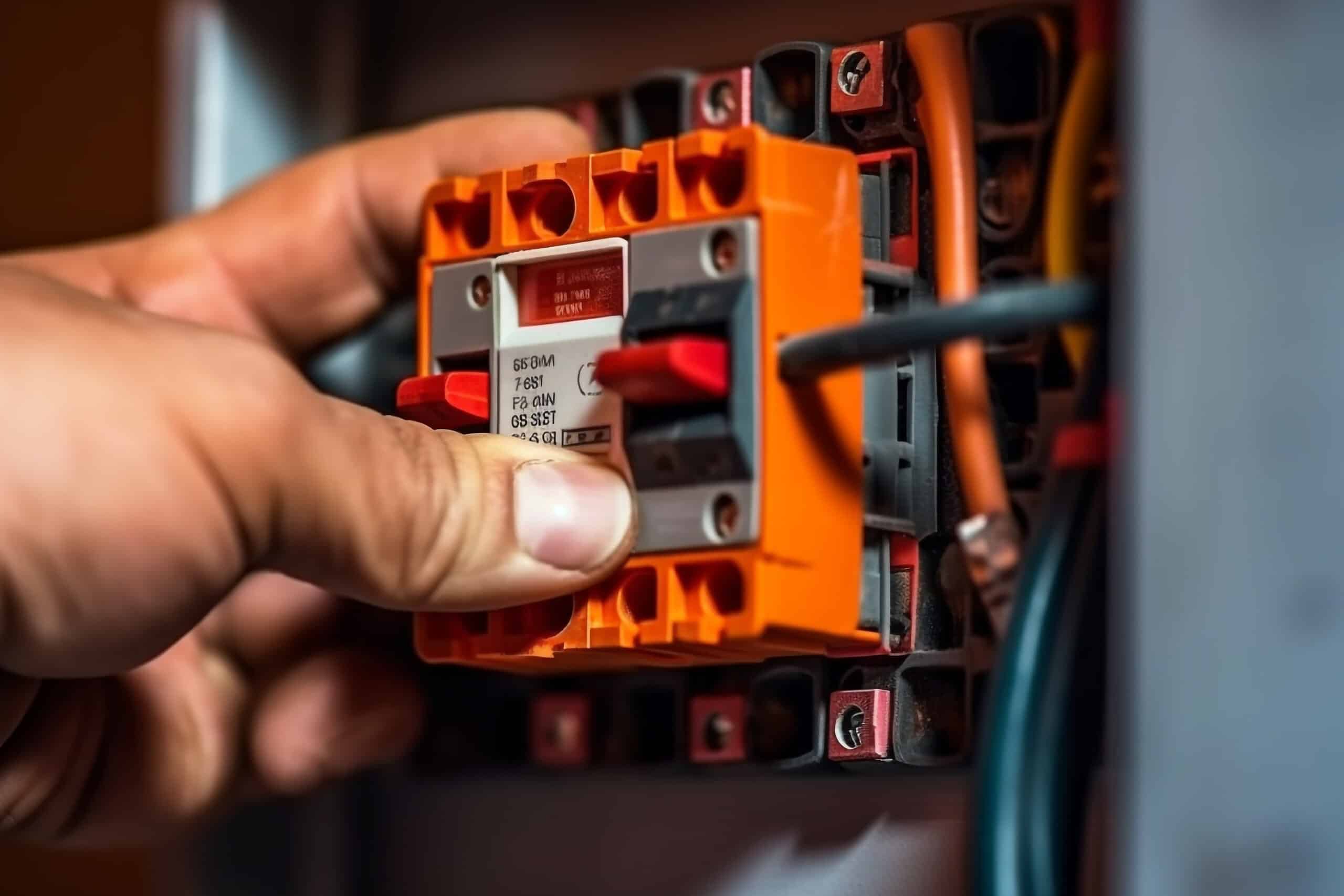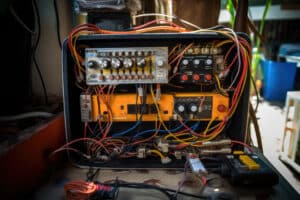How to Install a Transfer Switch for a Home Generator?
Key Takeaways
- A transfer switch is a crucial device for safely and conveniently switching the power source from the utility grid to a backup generator during power outages.
- Prioritizing safety is essential when installing a transfer switch, including turning off the main circuit breaker, wearing personal protective equipment, and ensuring the generator is turned off and disconnected.
- Proper wiring procedures should be followed to ensure the safe and efficient operation of the transfer switch, including connecting the generator power inlet box, routing the generator cables, and wiring the transfer switch to the main panel according to the manufacturer’s instructions and local electrical codes.
Installing a transfer switch for a home generator is a crucial step to ensure a safe and reliable backup power system. In this article, we will provide a detailed guide on how to install a transfer switch for a home generator, drawing from various reputable sources to provide you with a comprehensive and informative overview of the process.
Why Install a Transfer Switch?
A transfer switch is a device that allows you to safely and conveniently switch the power source from the utility grid to a backup generator during power outages. It ensures that only one power source is connected to your home’s electrical system at a time, preventing backfeeding and protecting utility workers from electrical accidents.
Now, let’s dive into the step-by-step process of installing a transfer switch for a home generator:
Step 1: Prioritize Safety
Before beginning any electrical work, it is essential to prioritize safety. Turn off the main circuit breaker in your electrical panel and wear personal protective equipment (PPE) such as gloves and safety glasses. Make sure the generator is turned off and disconnected as well.
Step 2: Choose a Suitable Location
The next step is to choose a suitable location for the transfer switch. This location should be near the main electrical panel and the generator, following local electrical codes and regulations. It is recommended to hire a licensed professional electrician to ensure compliance with all safety measures.
Step 3: Gather Necessary Tools and Materials
Before starting the installation, gather all the necessary tools and materials. This includes a transfer switch kit, screwdrivers, wire strippers, mounting hardware, conduit and fittings, electrical tape, wire connectors, a level, drill, and drill bits.
Step 4: Prepare the Main Electrical Panel
Start by turning off all the circuit breakers in the main electrical panel. Then, mount the transfer switch subpanel next to the main panel and connect the conduit between the main panel and the transfer switch.
Step 5: Follow Proper Wiring Procedures
Proper wiring is crucial for the safe and efficient operation of the transfer switch. Connect the generator power inlet box to the transfer switch, route the generator cables to the transfer switch, and wire the transfer switch to the main panel according to the manufacturer’s instructions and local electrical codes.
Step 6: Test the System
After completing the wiring, it is essential to test the system to ensure proper functionality. Turn on the main circuit breaker, start the generator (if not already running), and switch the transfer switch to the generator position. This will confirm the restoration of power to the selected essential circuits. Switch the transfer switch back to the grid position and verify power restoration from the utility grid. Test various circuits for proper functioning.
Step 7: Finish the Installation
Once you have successfully tested the system, it’s time to finish the installation. Label the circuits and switches associated with the transfer switch for easier identification. Secure the transfer switch cover, clean up any debris from the installation process, and remove all tools and materials from the area.
Step 8: Optional Inspection
While not mandatory, it is highly recommended to have a qualified electrician inspect the installation to ensure compliance with local codes and safety standards. This step provides an additional layer of assurance that your transfer switch installation is safe and reliable.
Common Mistakes to Avoid
When installing a transfer switch for a home generator, it’s crucial to avoid common mistakes that can compromise the safety and functionality of the system. Here are some common mistakes to be aware of:
- Neglecting proper installation
- Overloading the transfer switch
- Manual switching errors
- Inadequate ventilation
- Ignoring maintenance
- Overlooking safety labels
- Not testing the system
- Unsafe fuel handling
- Lack of fire safety measures
- Inadequate documentation
By avoiding these mistakes, you can ensure a safe and effective transfer switch installation.
Conclusion
Installing a transfer switch for a home generator is a crucial step to ensure a reliable backup power system. By following the step-by-step guide provided in this article, you can safely and effectively install a transfer switch, providing peace of mind during power outages. Remember to prioritize safety, follow local electrical codes, and consider consulting a qualified electrician for a thorough inspection of the installation.
Related Websites:
- This Old House – How to Install a Transfer Switch for a Portable Generator
- WEN Products – Generators and Transfer Switches: A Comprehensive Guide
- Generator Transfer Switches – Installing a Generator Transfer Switch: A Step-by-Step Guide
- Generator Grid – How to Wire a Switch
- Generator Transfer Switches – Generator Transfer Switch Safety: Common Mistakes to Avoid
FAQs:
Q: What is the purpose of a transfer switch for a home generator?
A transfer switch allows you to safely and seamlessly switch your home’s power source from the grid to a generator during a power outage. It provides convenience and peace of mind by automatically managing the power transfer.
Q: Why is proper installation of a transfer switch important?
Proper installation ensures the safety and functionality of the transfer switch. It prevents electrical hazards, protects your appliances, and ensures a reliable power source during emergencies.
Q: What are the different types of transfer switches available?
There are two main types of transfer switches: manual and automatic. Manual transfer switches require you to manually switch between power sources, while automatic transfer switches can detect power loss and initiate the switch automatically.
Q: How do I determine the power needs of my home for a generator?
To assess your power needs, calculate the wattage required to run essential appliances and systems during a power outage. Consider factors like starting power requirements and prioritize critical loads.
Q: What should I consider when selecting a transfer switch?
When selecting a transfer switch, consider the size and capacity of your generator, evaluate the specific requirements and compatibility of transfer switches, and consult with a professional electrician or generator specialist for expert guidance.






